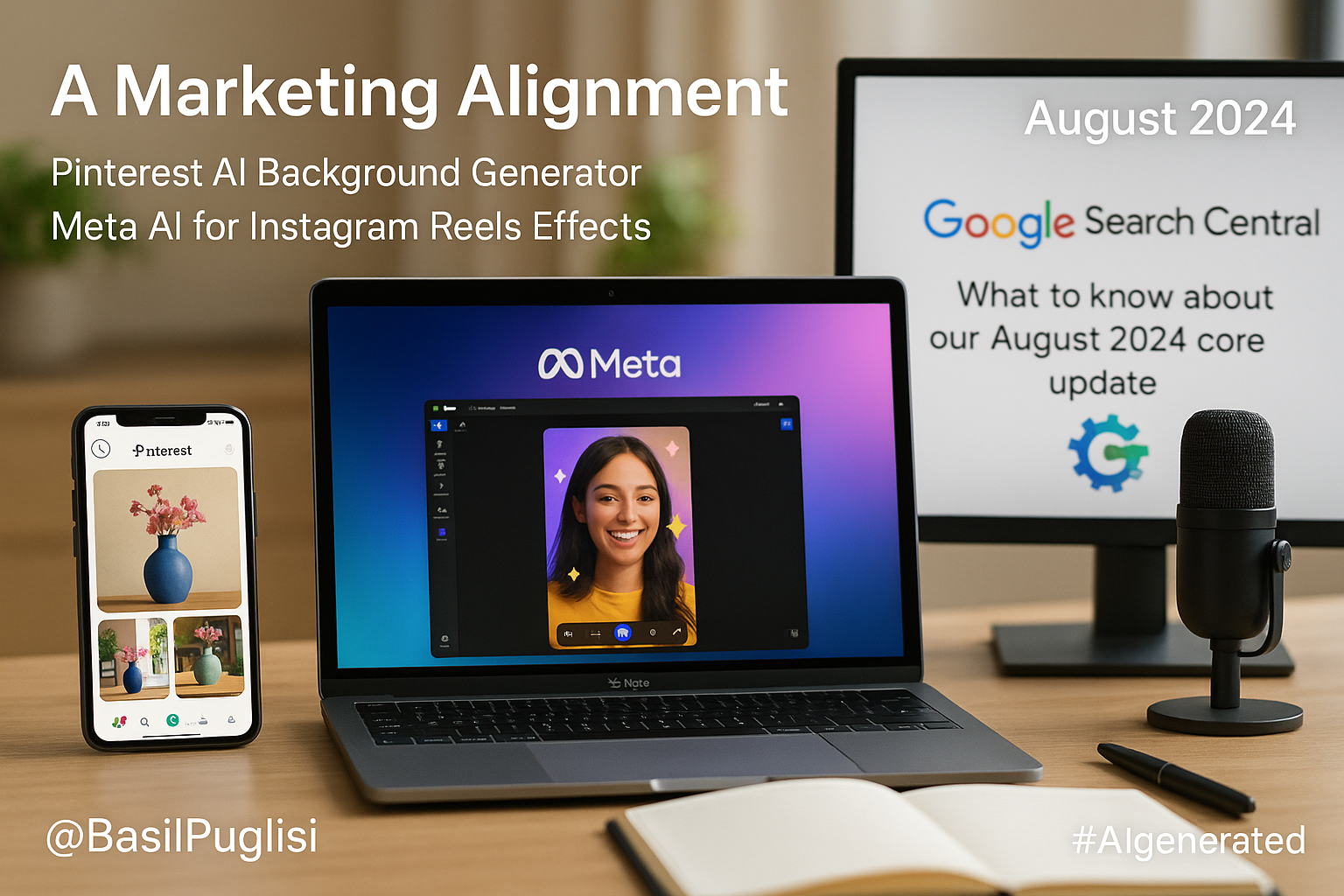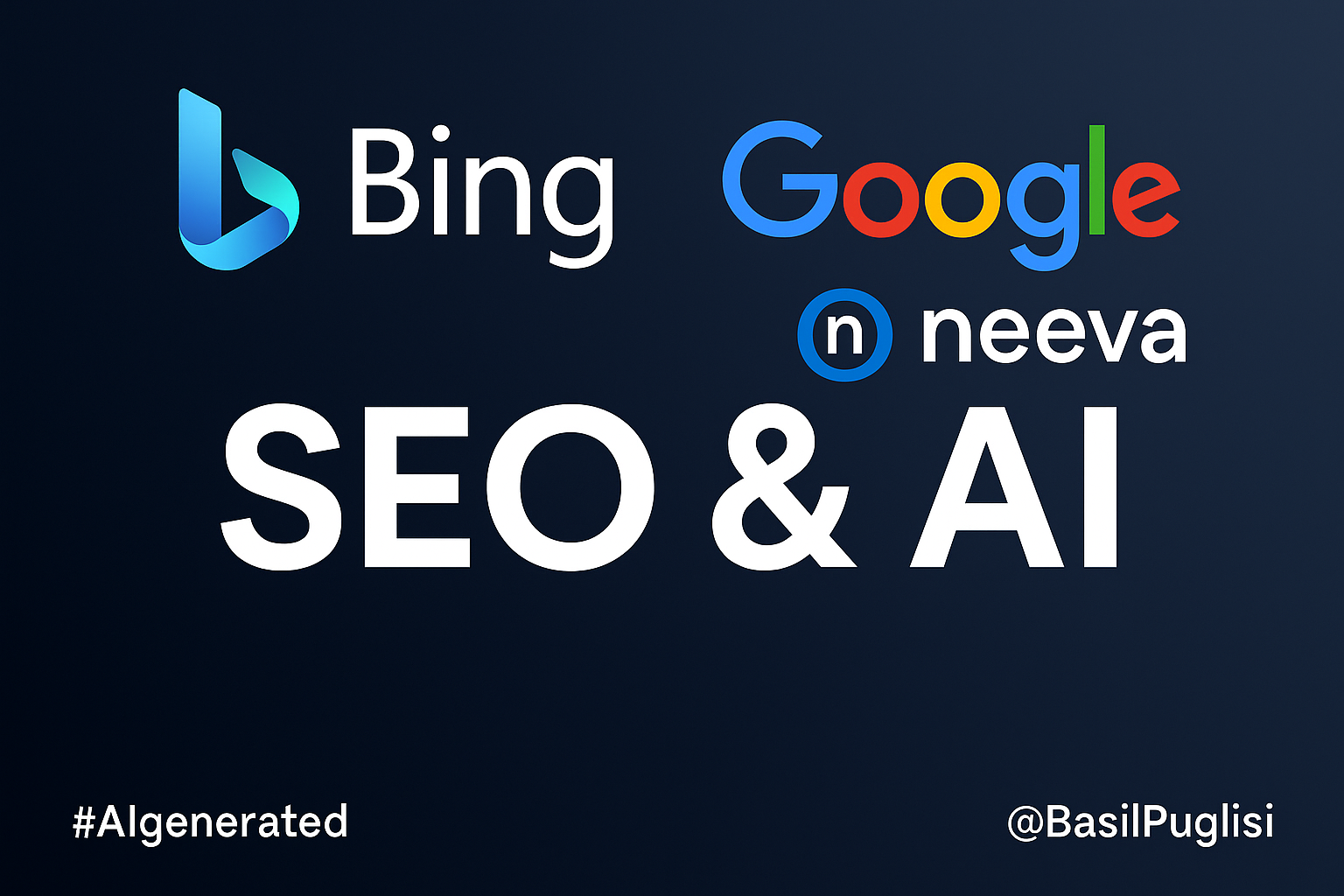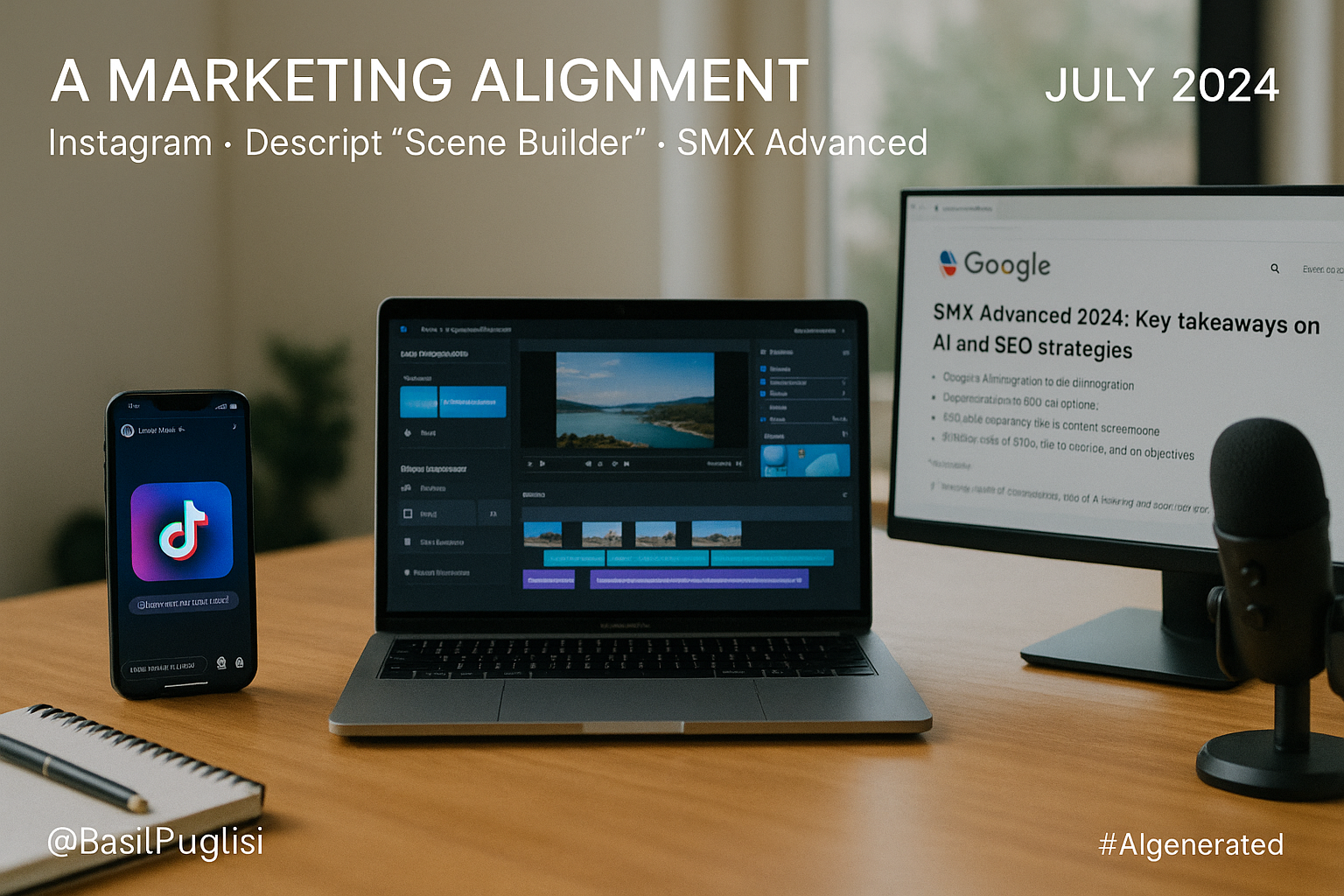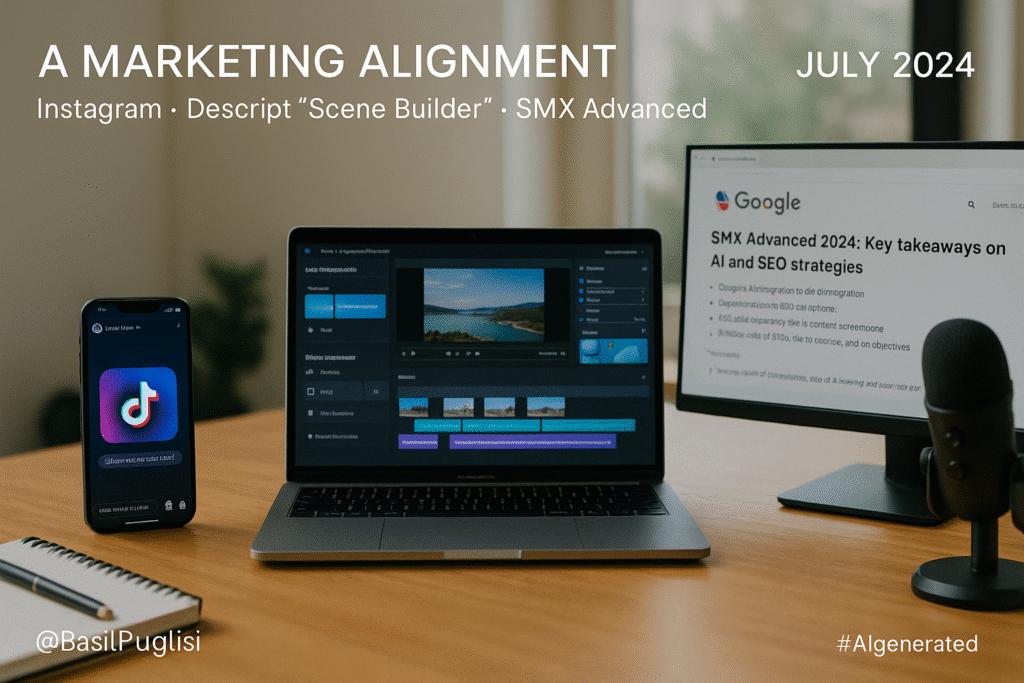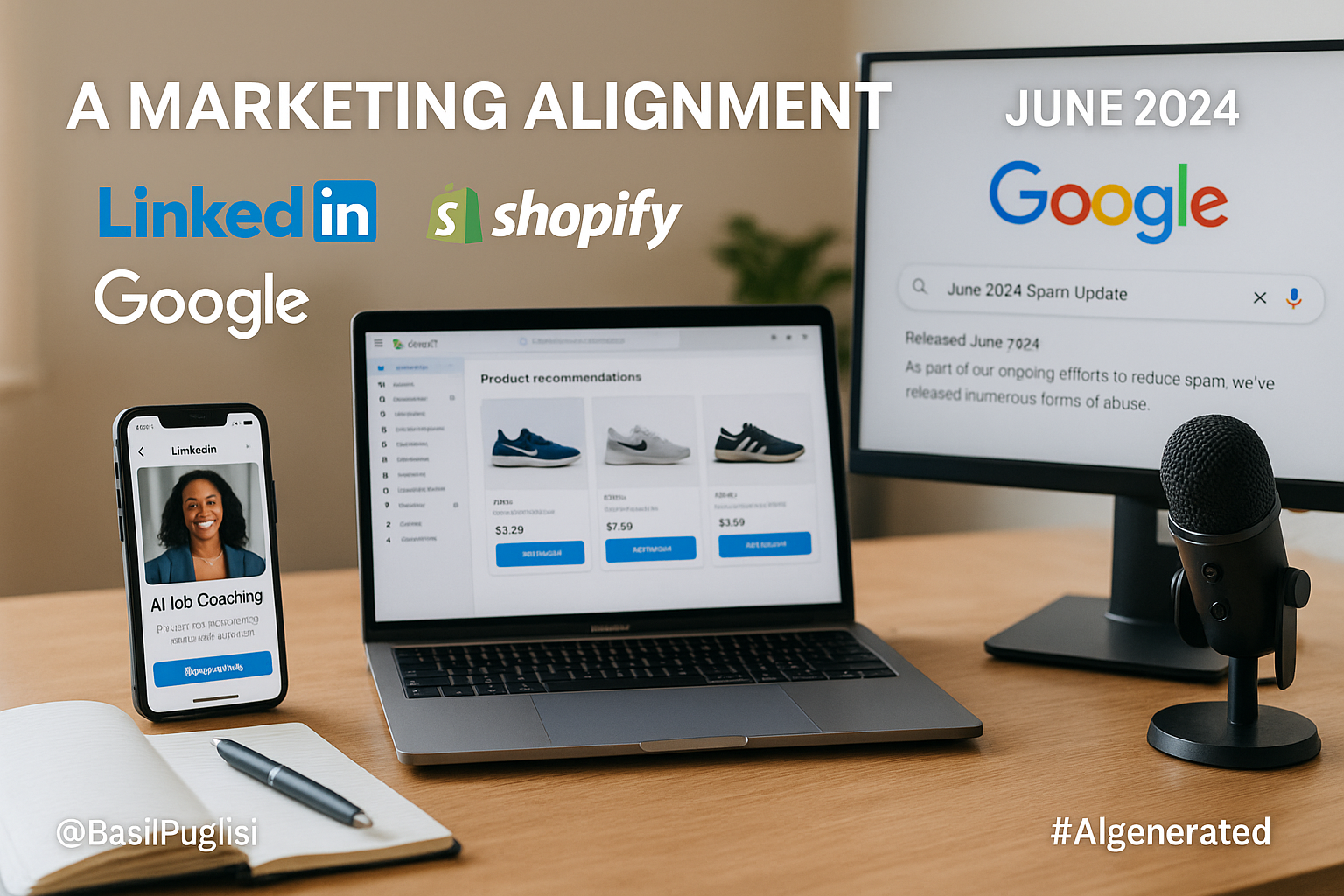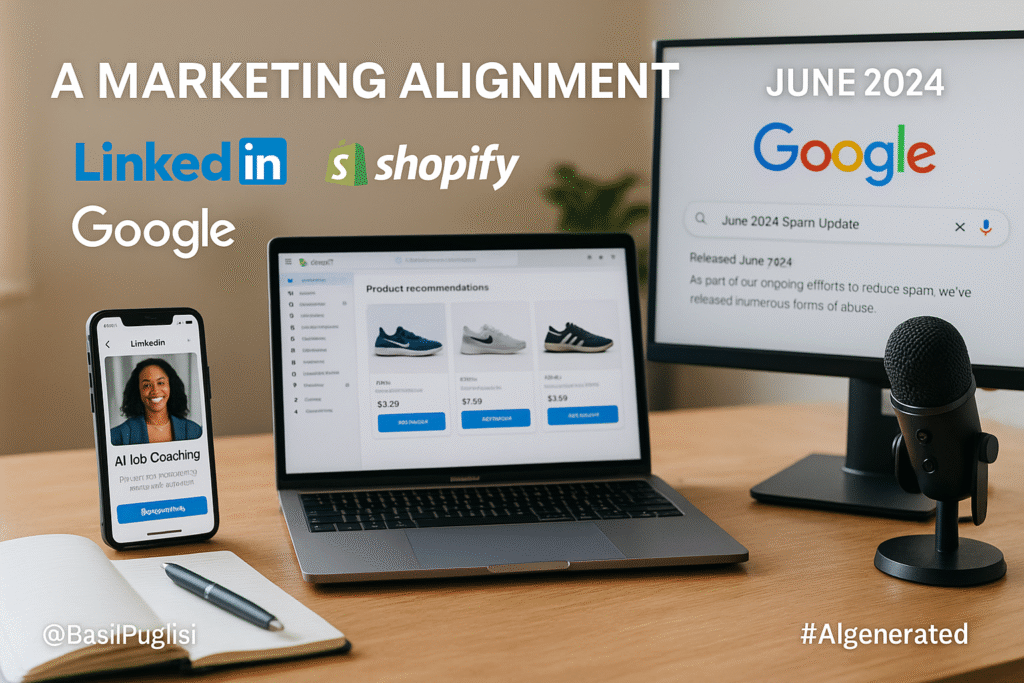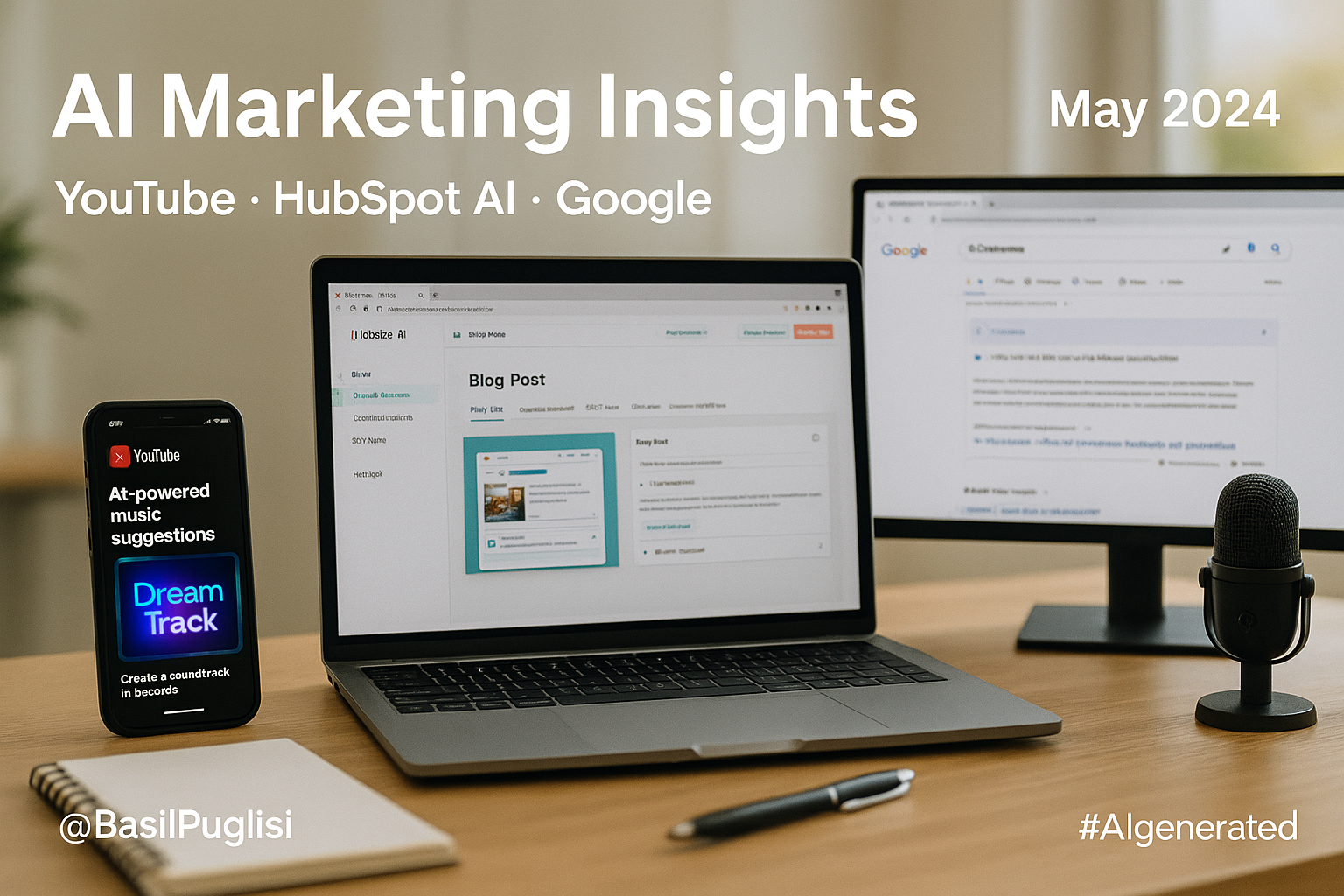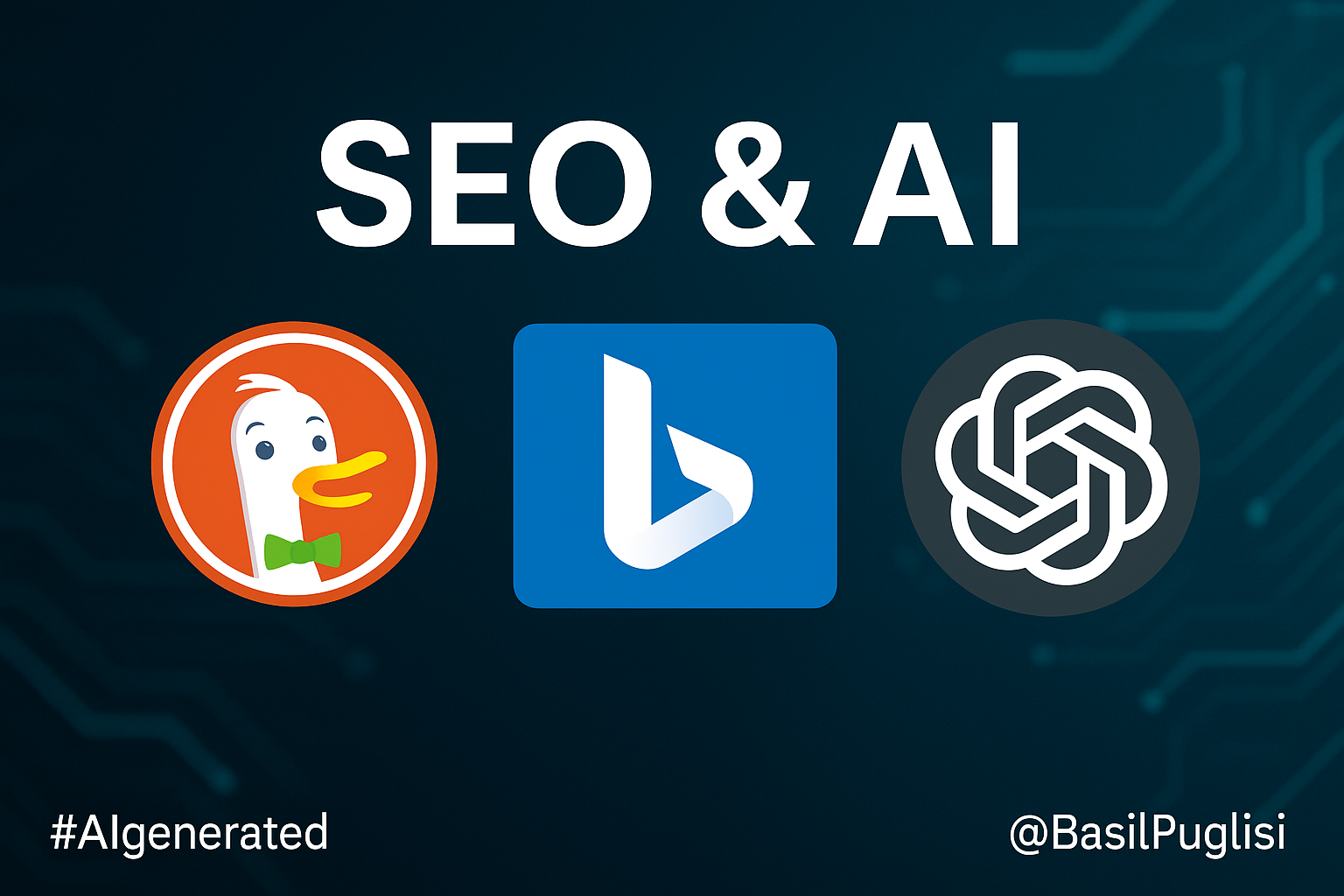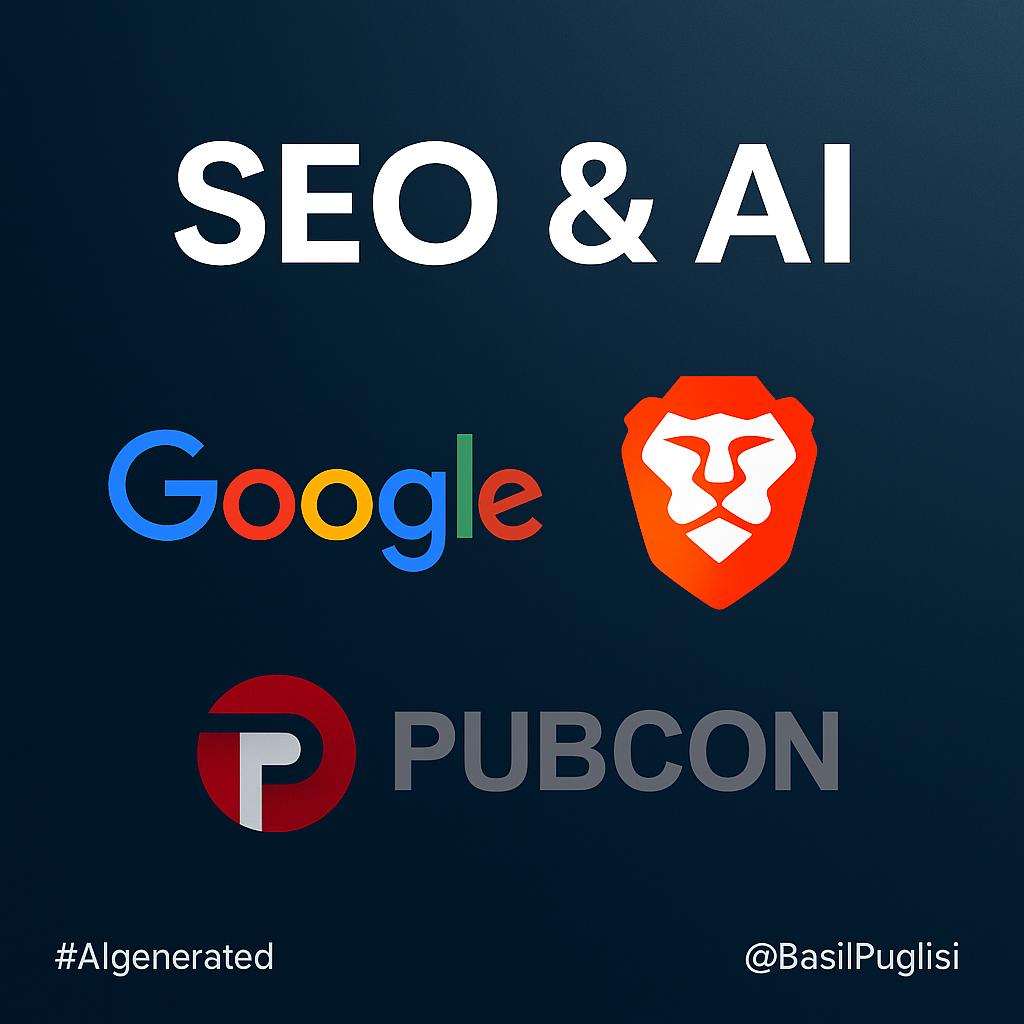
What Happened
In May 2023, two pivotal moments shaped the search engine conversation. On May 10 at Google I/O, Google introduced its Search Generative Experience (SGE) — a bold step toward weaving generative AI directly into the search journey. Rather than a list of blue links, SGE placed AI-crafted summaries at the top of results, complete with suggested next questions and linked sources. The feature was initially rolled out as an opt-in experiment in Search Labs, signaling Google’s intent to change the very structure of SERPs.
Just ten days later, on May 20, Neeva, the subscription-based, privacy-focused search engine, announced it would shut down its consumer product after being acquired by Snowflake. The decision surprised many in the SEO and privacy communities, as Neeva had been a notable innovator in integrating AI summaries with transparent sourcing. While Snowflake planned to fold Neeva’s expertise into enterprise data tools, its departure from the consumer market marked a retreat from one of the most promising alternatives to ad-driven search.
Who’s Impacted
B2B: Enterprise marketers began exploring how SGE’s AI answers might shift click-through rates for high-value queries. The move also pushed internal teams to consider AI summaries in proprietary knowledge search tools.
B2C: Users encountered the possibility of faster, context-rich answers without needing to click multiple links. Privacy-conscious consumers, however, saw a key player exit the market with Neeva’s shutdown.
Nonprofits: Mission-driven organizations noted the potential for SGE’s source visibility to help highlight credible content, but also recognized the risk of reduced traffic to informational pages.
Why It Matters Now
Fact: SGE’s launch emphasized conversational, follow-up-driven search sessions.
Tactic: Optimize content to answer not just the initial query but also logical follow-up questions, increasing surface area in multi-step search journeys.
Fact: Neeva’s closure removed a competitor pushing transparency in AI search.
Tactic: Double down on building trust signals — clear sourcing, authorship, and citation practices — to stand out as larger platforms shift toward AI mediation.
KPIs to watch: average SERP visibility for AI summaries, engagement rates from follow-up prompts, and referral traffic from AI-surfaced links.
Action Steps
1. Audit top-performing keywords for SGE visibility.
2. Implement FAQ-style follow-up content into cornerstone pages.
3. Reassess privacy messaging to capture audiences left behind by Neeva.
4. Monitor Search Labs updates for SGE expansion timelines.
“The future of search won’t just be about finding the right page — it will be about shaping the conversation before the click.” – Basil Puglisi
References
Google. (2023, May 10). Supercharging search with generative AI. Retrieved from https://blog.google/products/search/generative-ai-search/
Neeva. (2023, May 20). Farewell from Neeva. Retrieved from https://neeva.com/blog/may-announcement
The Verge. (2023, May 10). Google is making search more like ChatGPT. Retrieved from https://www.theverge.com/2023/5/10/23718048/google-io-2023-search-generative-experience-ai
Disclosure: This article is #AIgenerated with minimal human assistance. Sources are provided as found by AI systems and have not undergone full human fact-checking. Original articles by Basil Puglisi undergo comprehensive source verification.
